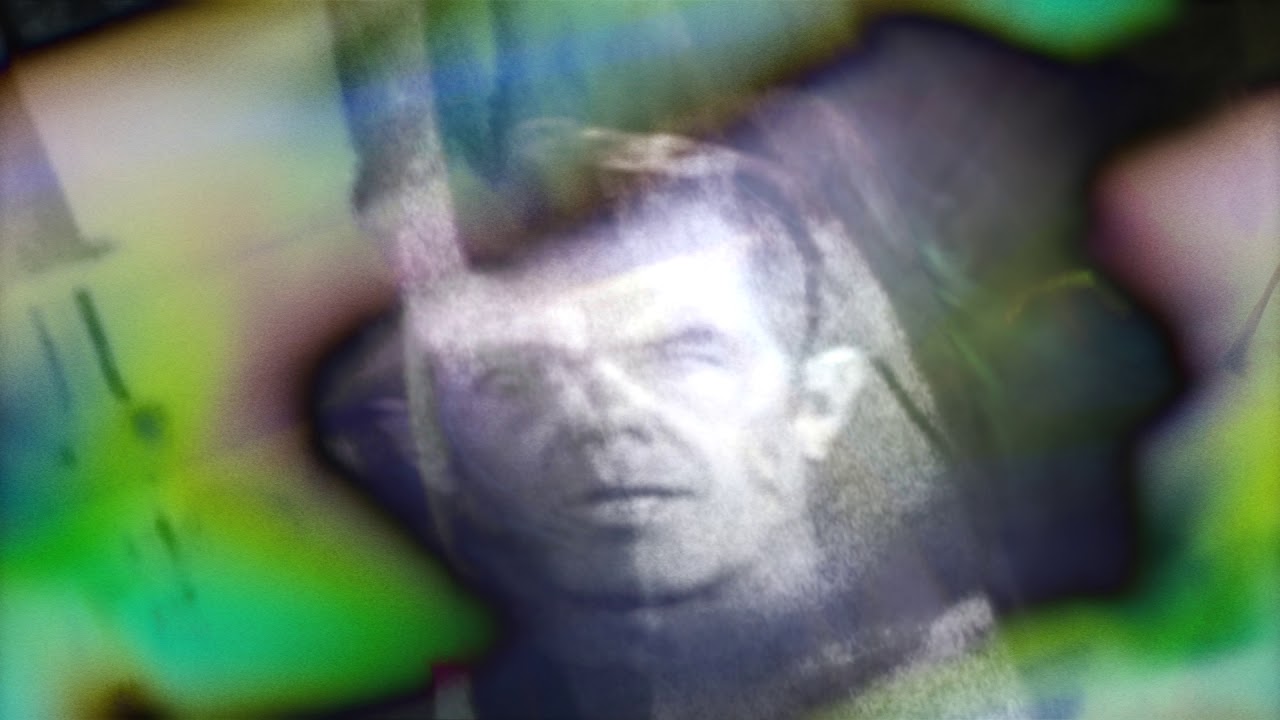There have been many arguments over the years about what should constitute a core approach in music journalism. One such difference of opinion is about the writer’s proximity to the subject – it can be summed up as the difference between writing about rock & roll and being a rock & roll writer. It is probably for the best that the immersive, ‘gonzo’ practice of getting into the spirit of things is all but a dim and distant memory, for me at least. While it seemed like a good idea at the time to summon the necrotic air of dank graveyards and the ashy smell of smouldering stave churches via the medium of all-night, nihilistic, spice and potion sessions while writing about black metal, and to capture the febrile bomb blast of club culture in words by taking memory-erasing quantities of MDMA, I can now see it was all a mistake. Not only has it left me with the physique and temperament of a particularly wretched ent with seasonally affective disorder, but the writing this strategy encouraged wasn’t even that good. It really does feel amazing to cast yourself as a psychedelic Benjamin Franklin, stripped to the waist, heart-pounding with madness, flying a metal-enhanced kite in a thunderstorm, waiting for the heavens to strike you with a bolt of inspiration, but on balance it’s probably best just to have a mug of chamomile tea, turn off social media, do some research and crack on with the job in hand.
However, today I have thrust myself back into throbbing grotto of chaos that is immersive music writing by simply handing in my review of this excellent album, Chris Carter’s CCCL Volume One, a good two months after it came out, in order to match the lugubrious time-keeping on display. Chris Carter – as a solo artist at least – has been away for so long that most people are now unaware that he ever was a solo artist to begin with. His last album Small Moon – a low-key, stripped-back post-WARP IDM affair released on his and partner Cosey Fanni Tutti’s Conspiracy International label – came out in 1999 and the studio album before that, Mondo Beat was released in 1986, leaving the kind of gaps between records that makes My Bloody Valentine look like Guided By Voices. This is not to say that he has been some kind of slouch though; since Throbbing Gristle initially shut up shop in 1981, there’s been a fearsome series of albums in creative partnership with Cosey, mainly under the guise of Chris & Cosey or Carter Tutti. (And that’s without mentioning his involvement with one of tQ’s favourite projects of the last decade – Carter Tutti Void.)
Whether they sought it or deserved it is an entirely different subject, but his three bandmates in Throbbing Gristle – Cosey, Genesis P-Orridge and Peter Christopherson – all achieved notoriety for different reasons, while he, to borrow an unlikely Beatles reference, remained ‘the quiet one’. But you know what they say – they’re the ones you have to keep your eye on. (It’s almost certainly wishful thinking to say Carter is “just about the music, man” and it would be wrong to suggest that he is somehow ‘apart’ from the transgressive confrontational nature of Throbbing Gristle but I still think it’s instructive that he was the one member to hate the band’s name – to this day he still insists on referring to them as TG.)
To be fair to Carter, this album is a compilation of sorts and he did start recording these tracks quite a while back in 2010. It is ostensibly a modular synth LP but this is no purist synth-bro dick-waving contest for the enjoyment of arrivistes with massive bank accounts and status anxiety; the album is bolstered where necessary by drum machines and uses digital synthesis, digital signal processing, vocal manipulation, home-built electronic gewgaws and field recordings. Carter, who has little to prove when it comes to the massive modular synth revival of the last decade, used to own a five rack Roland 100m system but sold it in 1999 when it started to malfunction. He described the decision as “one of the worst mistakes” he ever made and started trying to build up a replacement in Eurorack. He now tends to assemble multiple smaller, portable set-ups in cases, where he finds the self-imposed restriction this brings to be the mother of invention.
The album doesn’t feel like a compilation though and works well as a whole, even though it covers a lot of ground. On the chiming ‘Blissters’ we are reminded that Carter was often responsible for bringing an almost pretty and certainly balancing sound into Throbbing Gristle (on such tracks as ‘Hot On The Heels Of Love’ and ‘AB/7A’). On ‘Cernubicua’ he gets busy with vocal manipulation, which ends up sounding like the Bruce Haack of The Electric Lucifer roping in Jónsi of Sigur Ros on vocals for a PYE Corner Audio remix. Likewise, ‘Pillars Of Wah’ sees him applying other spectral, choral vocal techniques to what can loosely be described as IDM exotica. (He has been suitably opaque about who the original sound source voices belong to but has stated none of them belong to TG members, instead saying they are vocal ‘field recordings’ from his archive, chopped up and processed using an Eventide H8000FW and a TC Fireworx unit.)
The temptation is, of course, to assume such experiments are commentary. On ‘Cernubicua’ the depersonalised vocals pitched up into cherubic childishness, a comment on gender perhaps, the subtle but woozy Martin Denny-like swing, some vague reference to an imaginary space age future that never arrived. Tempting but in all probability wrong. True, Delia Derbyshire has been mentioned as a touchstone but Carter appears to identify with her clear-sighted problem-solving skills and visionary technical work carried out in a busy, work-like manner – her promotion to modern-day icon by the apocalyptic millenarian End Of Music cult is understandable but it does obscure some of her many quotidian talents. You’d have to ask him, of course, but I’d lay money that all of this now-hackneyed ‘fanfare for a future that never arrived’ window dressing is probably anathema to Carter given that he has showed a consistent faith in the capability of electronics to usher in new forms, new sounds, new values.
This music strikes me as yet more evidence of an enviable heads-down industriousness and, in fact, what is most surprising is not exactly how modern or old but how a-temporal most of these tracks sound tonally, given that it is a (mainly) analogue project. If there is a narrative to this record, it’s more of a personal one given that Peter Christopherson died just a few months into the project’s time span. The pair, recently reunited by TG/X-TG, had been discussing Carter’s circuit-building experiments when Christopherson passed, causing the project to be shelved for some time. Carter has since talked about the album in terms of coping with his grief.
One of several shining highlights is the crunchy and acidic ‘Durlin’, which calls to mind AFX’s Analord phase. Another is the threatening gothic electro of ‘Tones Map’ which opens up beautifully with a swell of synthetic strings and the kind of squelching top line that sounds as if it’s about to usher in some as-yet-unrecorded electronic Sufi trance music. Many of the tracks, such as ‘Lab Test’ and ‘Tangerines’, show an enviable talent for melodic writing – something that obviously a lot of electronic producers shy away from – encouraging not only the obvious Kraftwerk comparisons but calling to mind prime Orbital and OMD as well. I could stand to listen to many of these tracks extended to 10 or 15 minutes (only one of these four troubles the 3 minute mark). Carter isn’t averse to remixing his own work so hopefully we’ll see some longer versions appearing in time.
The album title CCCL Volume 1 tells you much of what you need to know. The abbreviation stands for Chris Carter’s chemistry lessons, and these are essentially a series of audio exercises carried out by a lab engineer that capture him learning how to use various self-devised micro set-ups to their full potential. Then when each exercise is completed he downs tools, dismantles his kit and starts again from scratch. The results are masterful and well worth the wait. Apparently he already has several tracks for Volume 2 completed so fingers crossed we won’t have to wait 18 years for the next one.




